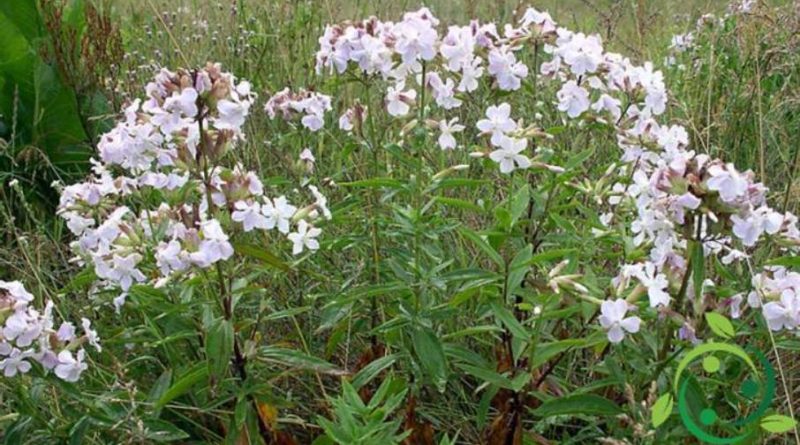How to grow saponaria
How to grow saponaria
Saponaria (Saponaria officinalis L.) is a spontaneous, multiyear plant of the Caryophyllaceae family. Its scientific name already shows us the cleansing and medicinal properties of the plant, well known since ancient times.
Given its interesting qualities we see, in this sheet, how to grow saponaria.
This plant, despite being like many spontaneous plants very rustic, however, prefers semi-shaded places but also tolerates full sun. In warmer climates, of course you have to opt for the most shaded places. Saponaria, although not afraid of cold, is susceptible to frosts that can cause the death of the epigeal part of the plant.
It is a plant that does not require water but, in dry seasons or after a transplant, should be irrigated until it is rooted and freed.
The presence of a more organic soil clearly gives the plant greater ability to vegetate better and to withstand drier periods.
For this reason, even if it is a plant of great adaptability, it prefers well drained and very loose soil. In the presence of stagnations and with heavy soils, the plant suffers until it can deteriorate and die.
The multiplication of the soap can be done by seed, cutting or using the tufts of the year before. If it is propagated by seed this operation must be done in the spring season; if instead the cuttings are used this operation must be done in the summer season; in this case it is necessary to cut a semi-woody branch of the mother plant, place it in containers with very organic soil and wait for it to form a good root system before transplanting it.
From the phytosanitary point of view the soap does not present particular problems; the only weak point can be represented by root rot. This is one of the reasons why you should choose loose and well drained soils.
Saponaria officinalis has been used for a long time in folk medicine and for washing wool and household detergents. The active ingredients contained in the soap are saponins (gustubinic and saprubrinic acid), mucilage, resins, flavonoids, vitamin E, gum, vitessin. Saponins are found in all parts of the plant, especially in the roots, which can contain up to 20 percent during the flowering period.
The soap also possesses diuretic, colagoghe, diaphoretic and depurative properties but you have to be careful about internal use as it can give rise to intoxication phenomena, with symptoms of nausea, vomiting and diarrhea.
In the past, Arab doctors advised her to treat leprosy, dermatitis and ulcers.
According to G. Negri (Giovanni Negri, Nuovo Erbario Figurato, Hoepli, Milan 1960) from the maceration of the saponaria root an expectorant liquid is obtained, to be taken with extreme caution.

